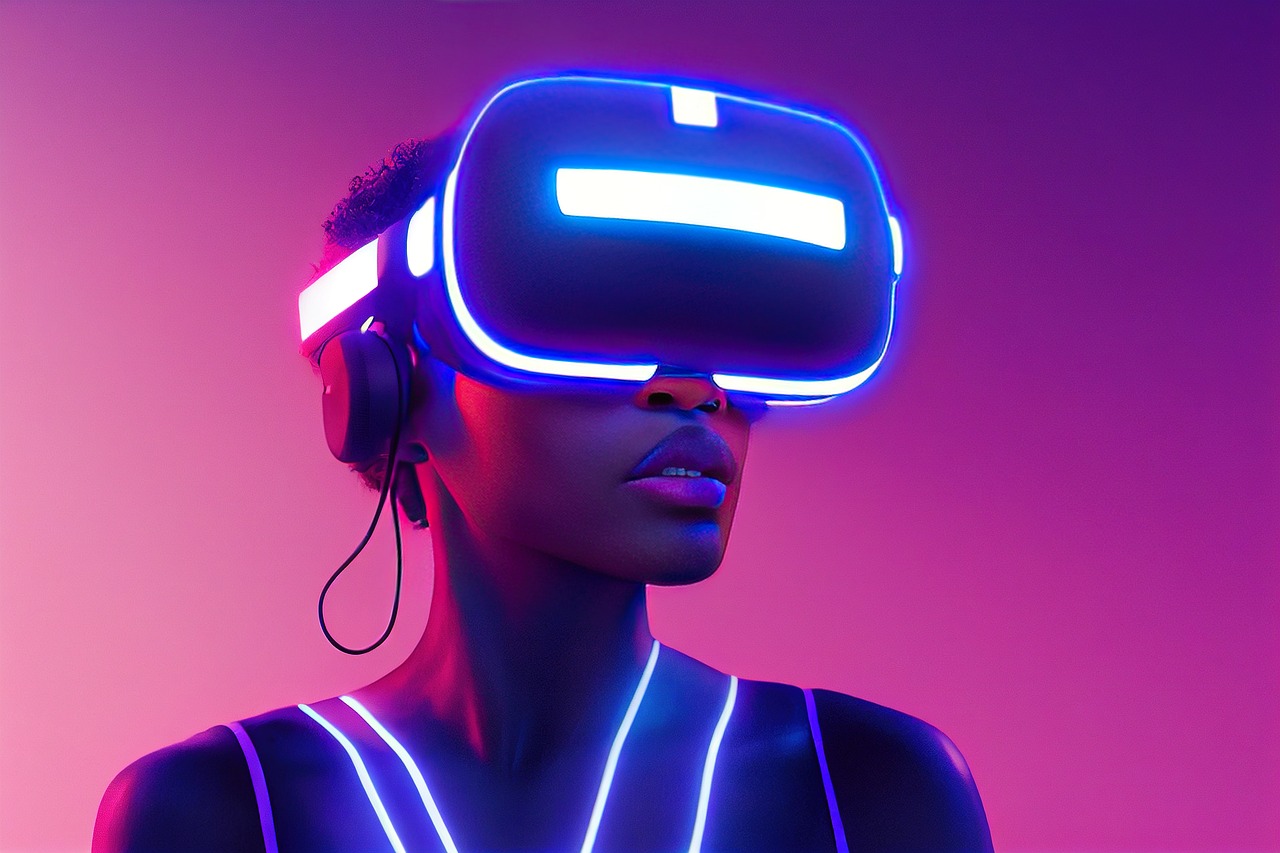VR in Healthcare

Imagine a future where surgeons refine their techniques without ever making an incision, patients overcome their deepest fears through controlled exposure, and medical students explore the human body in unprecedented detail. Virtual Reality (VR) has the power to transport individuals into lifelike environments, creating deeply immersive experiences that revolutionize both medical education and patient care. This technology is rapidly reshaping healthcare, offering boundless opportunities for training, treatment, and rehabilitation.
In the realm of surgery, VR has emerged as a game-changing tool in medical education. One of its most valuable applications is in surgical training, where students and professionals can rehearse intricate procedures in a risk-free environment. VR simulators allow aspiring surgeons to practice techniques, whether it be a minimally invasive laparoscopic surgery or a complex neurosurgical operation. By engaging in these hands-on simulations, surgeons can refine their precision, gain confidence, and significantly reduce the risk of errors when transitioning to real-world operations. This translates into enhanced patient safety, improved surgical outcomes, and shorter learning curves for medical professionals.
Beyond surgical training, VR is revolutionizing how medical students learn and interact with complex human anatomy. Traditional methods of studying cadavers and 2D illustrations are being supplemented with highly detailed 3D simulations. These interactive models enable students to visualize and explore anatomical structures from multiple angles, gaining a deeper understanding of physiological systems. With VR, they can simulate real-life medical scenarios, enhancing their diagnostic and problem-solving skills in ways that textbooks alone cannot provide. This immersive learning approach fosters greater engagement and retention, paving the way for a new era in medical education.
VR is also proving to be an invaluable tool in pain management and physical rehabilitation. By immersing patients in calming virtual environments, such as serene landscapes or guided meditative experiences, VR effectively diverts their focus from pain and discomfort. Studies have shown that VR therapy can significantly reduce chronic pain, alleviate anxiety, and improve overall well-being. In rehabilitation, VR-based exercises make physical therapy more engaging and interactive. Stroke patients, for instance, can practice walking and regaining balance in a controlled, risk-free virtual space. Similarly, individuals with mobility impairments can engage in targeted exercises that enhance coordination and strength, accelerating their recovery process.
The impact of VR extends into the field of mental health, where it is being used to treat conditions such as anxiety disorders, PTSD, and phobias. Virtual environments allow therapists to expose patients to controlled scenarios, gradually helping them confront and overcome their fears in a safe setting. Whether it is fear of heights, social anxiety, or trauma-related distress, VR enables step-by-step exposure therapy without real-world risks. Additionally, VR can offer relaxation experiences, transporting users to tranquil beaches or scenic mountainscapes, reducing stress and enhancing emotional well-being.
VR technology is rapidly evolving, and its applications in healthcare continue to expand. As advancements in hardware and software drive further innovation, we can expect even more groundbreaking uses of VR in diagnostics, telemedicine, and personalized patient care. From training the next generation of surgeons to improving therapeutic outcomes, VR is redefining the boundaries of medical practice.
As this technology continues to integrate into the healthcare ecosystem, its potential to enhance patient experiences and improve global healthcare outcomes remains limitless.
Similar Post You May Like
-

CFCs, HFCs and their long, troubled history
At its peak, the ozone hole covered an area 7 times larger than the size of Europe, around 29.9 million km2, and was rapidly expanding
-

The Origin of Universe: Deciding point where it all began!
Let us unravel and surf through the ideas throughout ages to understand what the universe and its origin itself was to its inhabitants across history.
-

The Artemis Program
Inspired by the Greek goddess of the Moon, twin sister to Apollo, the artimis program was named on 14 May 2019 by Jim Bridenstine.






